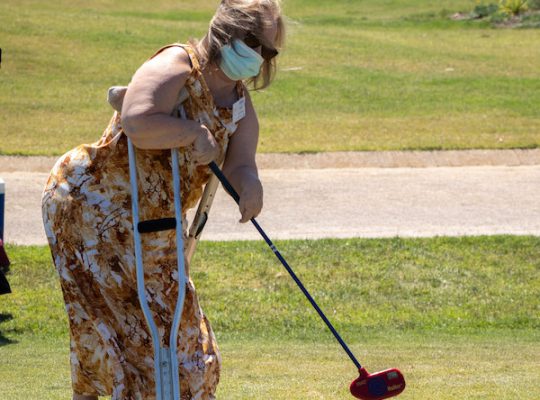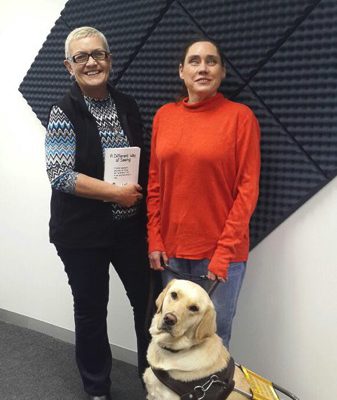
I recently had the opportunity of exploring the concept of making the visual world accessible to the blindness community through the use of audio description. It was the subject of a podcast episode with Shakila Maharaj, the managing director of
ShazaCin Accessible Media, who is one of the foremost proponents of audio description in South Africa.
For those who aren’t aware of audio description, it is an additional audio track that gives information of what most people are able to see. It is used in movies, television, live theatre, ballet, as well as in heritage and art spaces. It is a powerful tool that can help people like me gain access to a world of information that we could otherwise not know.
Shakila and I discussed ways in which audio description is moving beyond the blindness community to serve as a tool for people learning a new language, sighted people who want to engage with visual media while they are busy with another task, and those who use the audio track as a way to gain additional information and reaffirm what they take in visually.
Shakila also broke down the process of creating audio description and we discussed the emerging possibilities of using artificial intelligence (AI) in the creation of the audio tracks. We included links to how to access Shakila’s audio content on the DescribeAT app that ShazaCin has developed for digital devices.
I would love to see more examples of audio description being used in South Africa, by our national broadcasters, those sharing visual content and advertising products on platforms including social media, and also in movie theatres and live productions. It would truly make the visual world more accessible to the 1.4 million South Africans living with visual impairments and give us a greater sense of belonging in the world.
To hear our conversation and learn about the art and science of audio description, listen to the episode at https://iono.fm/e/1414515
And, in the latest A Different Way of Seeing podcast, I chat to Vhutshilo (Vee) Masibigiri on her work in the diversity, equity and inclusion space. It was another fascinating conversation that I’ll share with you next time.





